Explanation
Chilseongyegok Valley is the most beautiful valley in Jirisan Mountain, and is one of the top three valleys in the nation, along with Cheonbuldonggyegok Valley in Seoraksan Mountain and Tamnagyegok Valley in Hallasan Mountain. The 16-kilometer valley stretching from Uitan of Macheon-myeon to Cheonwangbong Peak is characterized by very tough topography but beautiful scenery and is the only remaining primeval forest of Jirisan Mountain. It is also dotted with seven waterfalls and 33 ponds. The hike becomes more difficult as the trail enters the valley. Because the valley has taken many lives, some people call it "The Valley of Death." For that reason, visitors must apply in advance and hike with a guide. The trail in Chilseon Valley is a 9.4-kilometer course from Chuseong Village in Macheon-myeon to Cheonwangbong Peak, which does not follow the natural valley, due to the valley's steep and dangerous features. Starting from Chuseong Village, the trail passes Yongso Pond, Jujiteo Site, Chuseongmang Rock, Seonnyeotang Pond, Ongnyeotang Pond, Biseondam, Chilseonpokpo Falls, Daeryukpokpo Falls, Samcheungpokpo Falls and Mapokpo Falls, all before reaching Cheonwangbong Peak.
Inquiry
+82-55-970-1000
Homepage
Information Use
Contact and Information : • 1330 Travel Hotline: +82-2-1330
(Korean, English, Japanese, Chinese)
• For more info: +82-55-970-1000
Parking facilities : Available
More information
Parking Fees
[Hourly Parking]
* Applies to Jeongnyeongchi, Seongsamjae Pass, Ssanggyesa Temple Parking Lots
Compact cars - First hour 500 won / 100 won for each additional 10 min
Sedans - First hour 1,100 won /250~300 won for each additional 10 min
Large vehicles - First hour 2,000 won / 400~500 won for each additional 10 min
[Flat Rate Parking]
* Applies to Hakcheon, Dalgung, Banseon, Daewonsa Temple, Hwaeomsa Temple, Yeongoksa Temple, Siamjae Pass Parking Lots
Compact cars - 2,000 won
Sedans - Peak season 5,000 won / Off season 4,000 won
Large vehicles - Peak season 7,500 won / Off season 6,000 won
Restrooms
Available
Location
Chuseong-ri, Hamnyang-gun, Gyeongsangnam-do
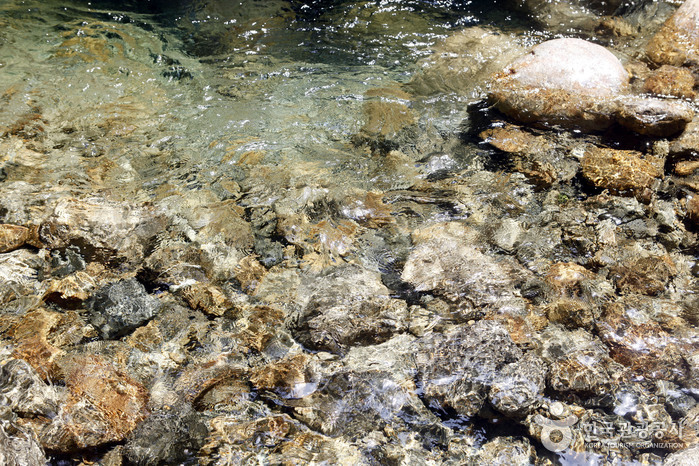
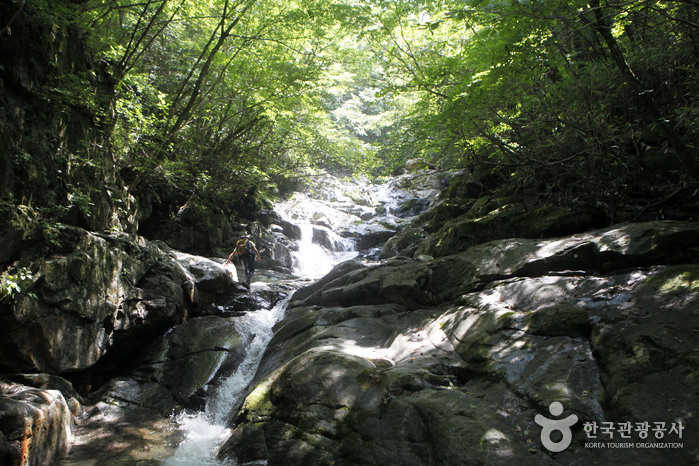
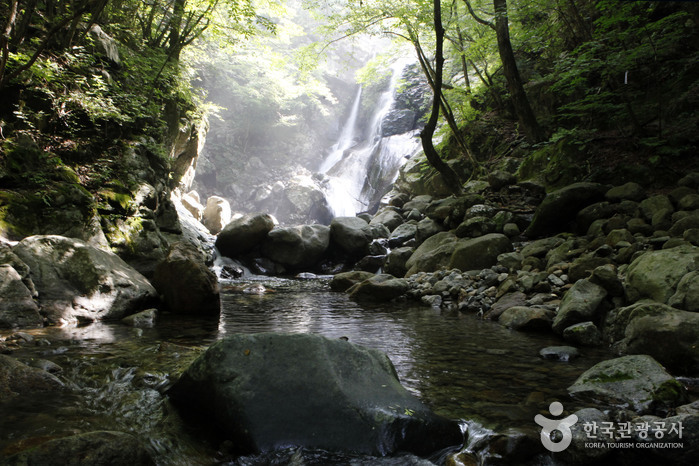
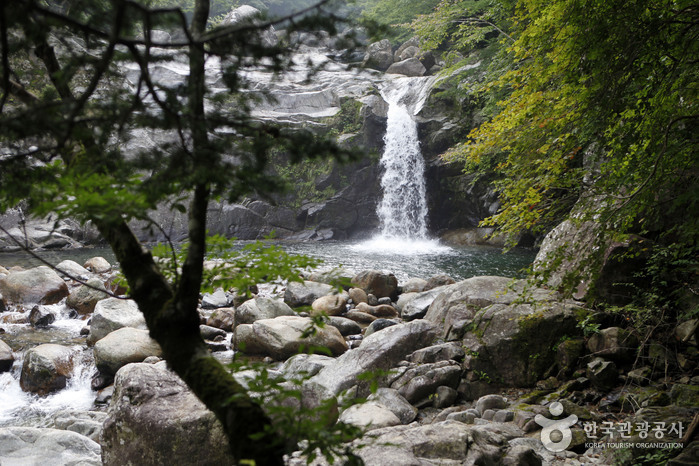
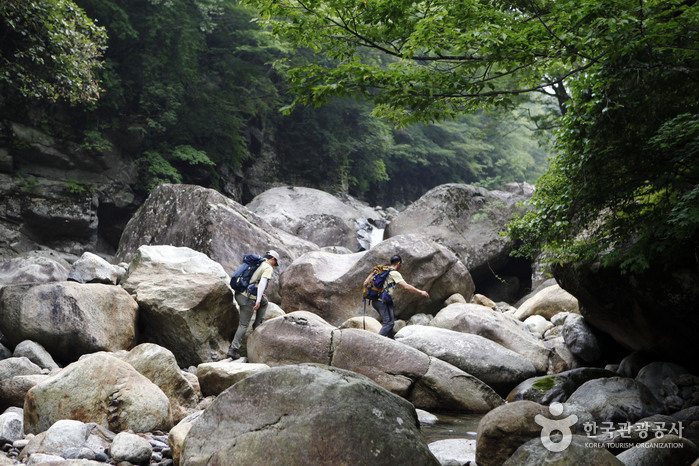
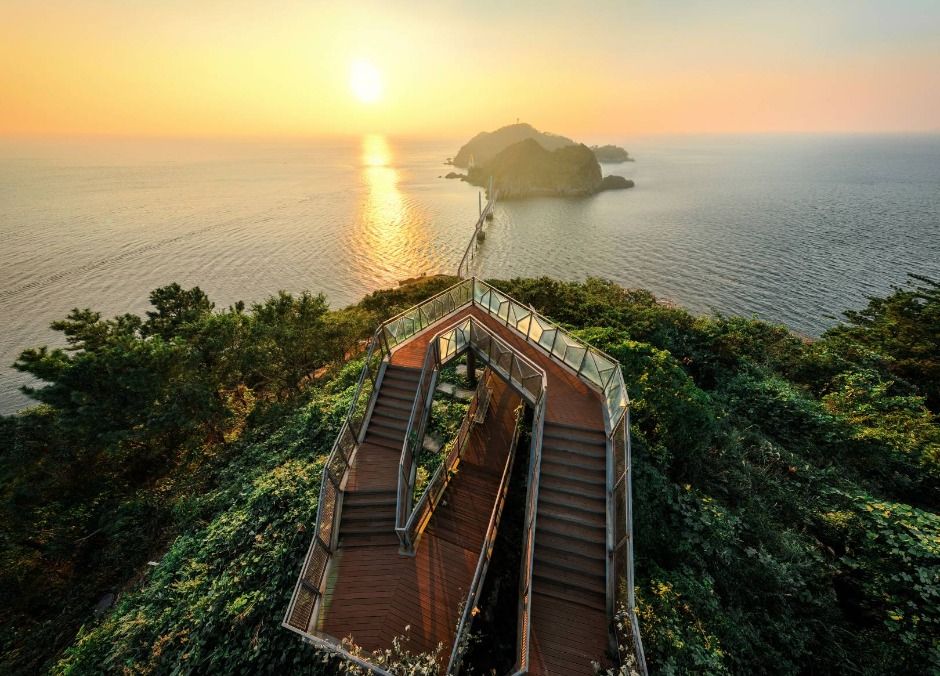
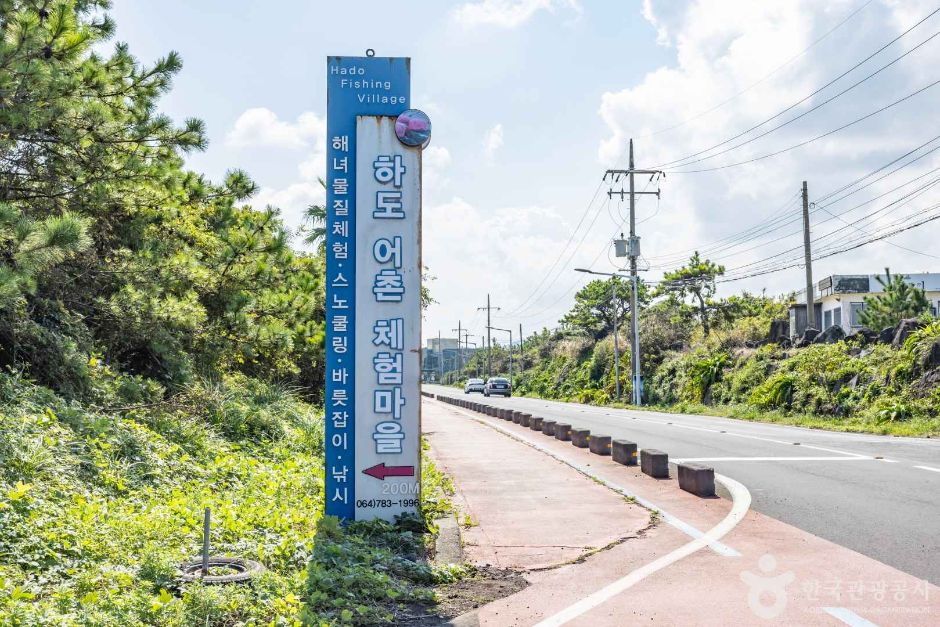
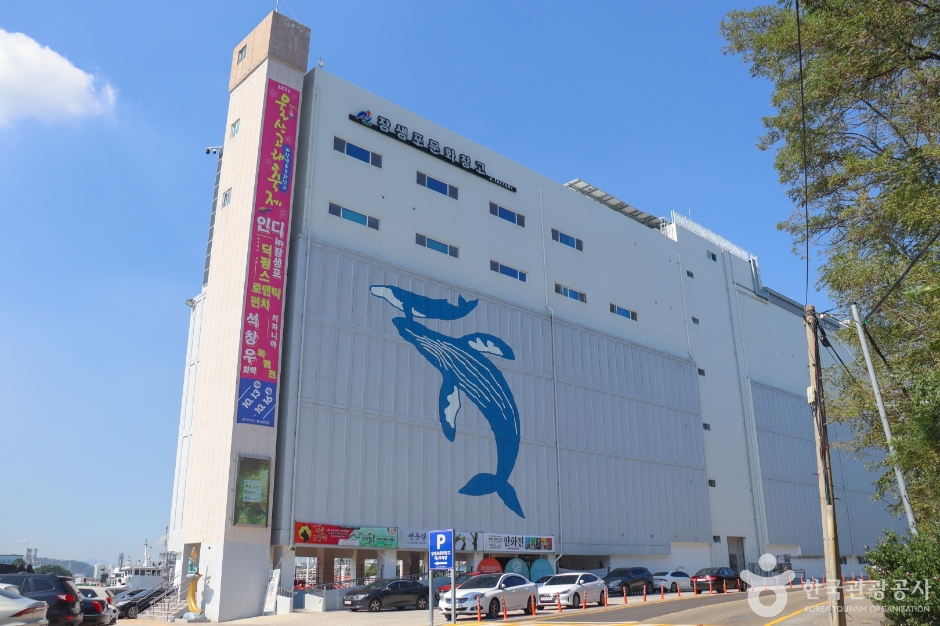
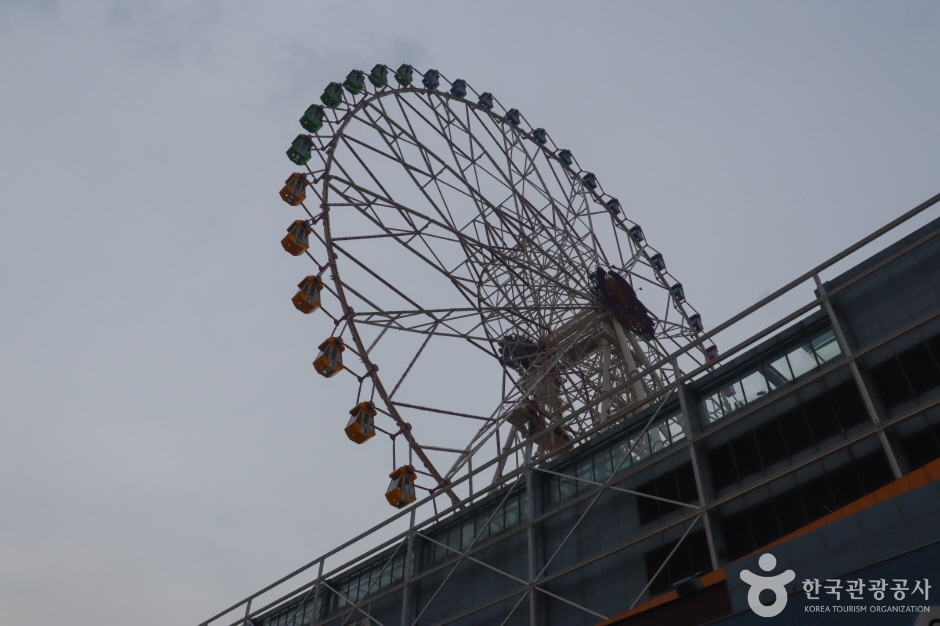

 English
English
 한국어
한국어 日本語
日本語 中文(简体)
中文(简体) Deutsch
Deutsch Français
Français Español
Español Русский
Русский